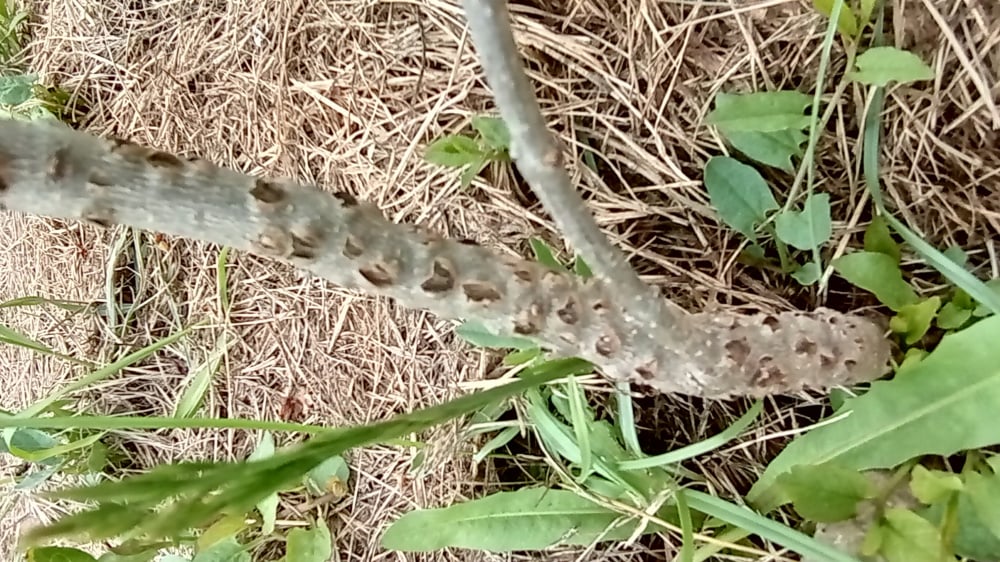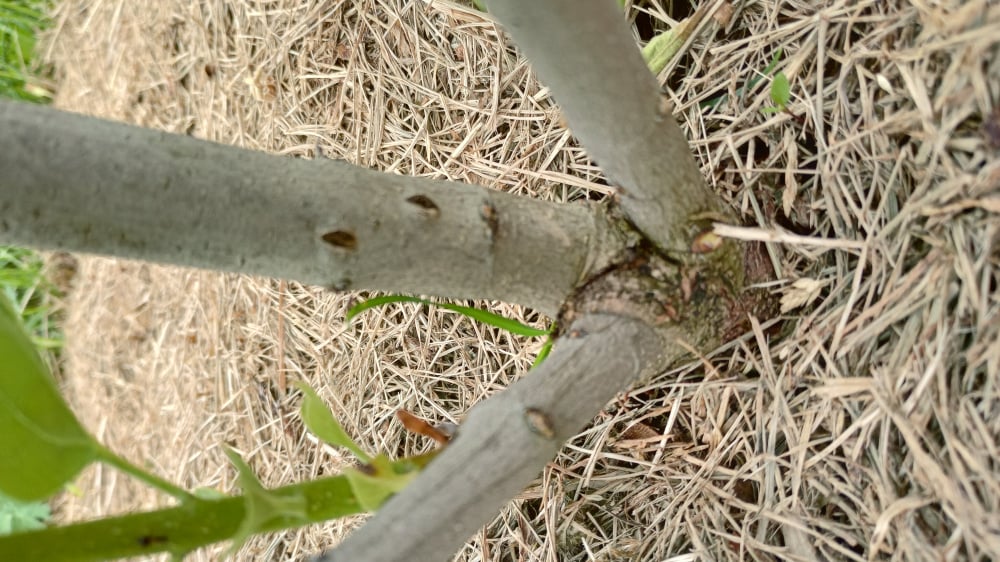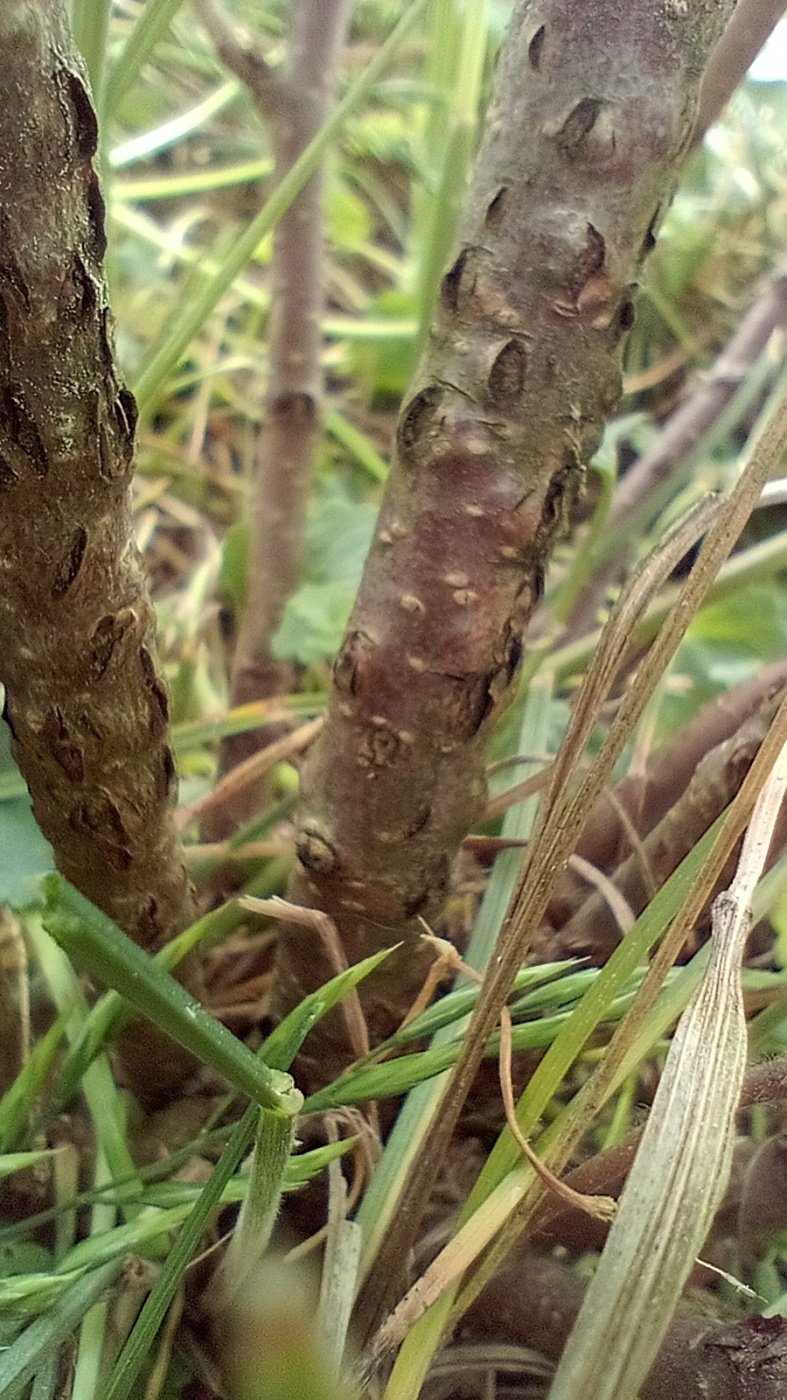Common Lilac (Syringa vulgaris) + Hazelnut (Corylus avellana) diagnosis requested.
Hi. I have a problem with the appearance of plants.
I will ask for an opinion. Are these cracks on the bark of the lilac tree (Syringa vulgaris) normal or a disease:
At first they were narrow cracks like in this photo (there are only few on this bush):
The bushes were planted last year (seedlings about 50 cm) Apart from these cracks, the bushes look healthy, have large growths, are blooming.
I noticed similar cracks today on a thickest/oldest stems of a hazel tree (Corylus avellana), which was planted 2 or 3 years ago (this bush is slow growing comparing to my lilacs).
I don't know if the cracks on both plants are caused by the same factors, but maybe it will be a clue for someone who will answer me (normal or a disease). Im from Central Europe, Poland, zone 6. Clay soil, regular watering (if needed).
Posts
It would seen that your shrub is trying it's best to recover, I think you can only wait to see.
I think Crosssection also looks good.